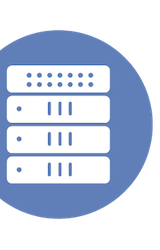Celona Live Demo: Your Own Mobile Network as Software
Event: Mobility Field Day 6
Appearance: Celona Presents at Mobility Field Day 6
Company: Celona
Video Links:
- Vimeo: Celona Live Demo: Your Own Mobile Network as Software
- YouTube: Celona Live Demo: Your Own Mobile Network as Software
Personnel: Mark Jimenez
Tune in to see a live demonstrateion of Celona’s cloud native network operating system (OS) deployed on bare metal server infrastructure, VMware ESX virtual compute environment, Amazon EC2 public cloud instance, and Amazon Snowball edge compute platform. To see its private LTE / 5G wireless networking solution in action and sign-up for your own free trial in your environment, visit Celona at https://celona.io/journey.







